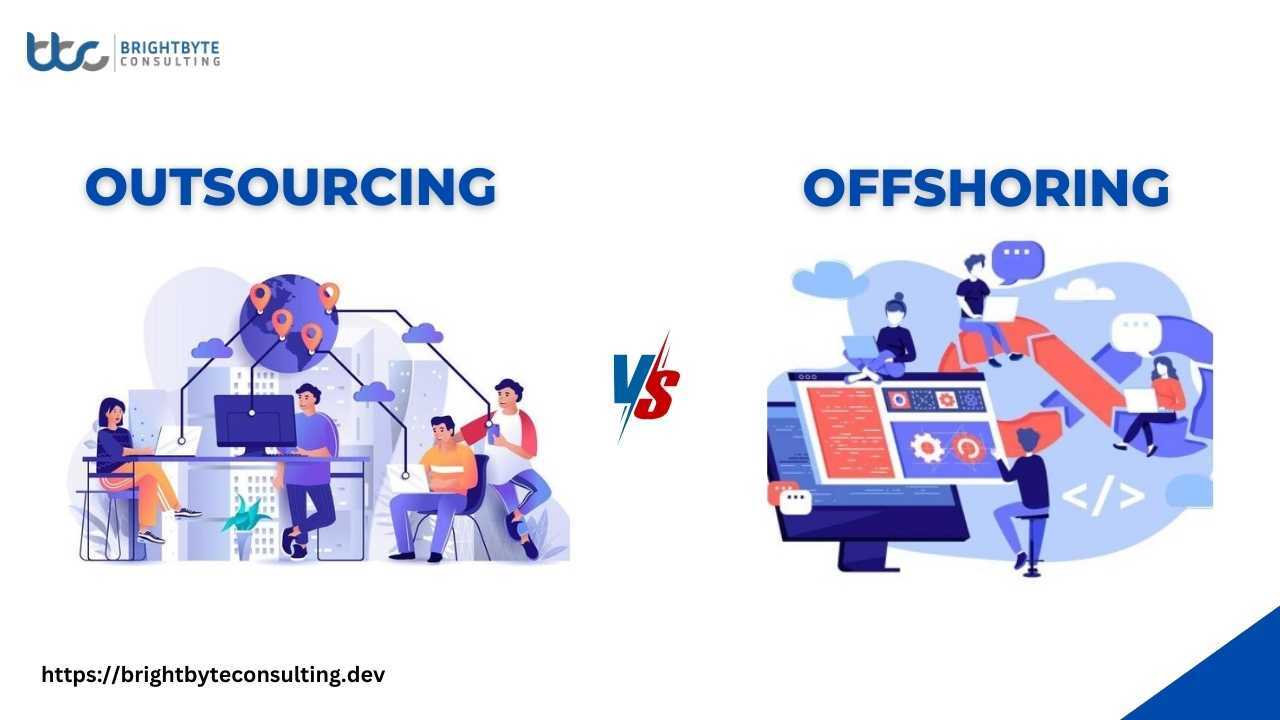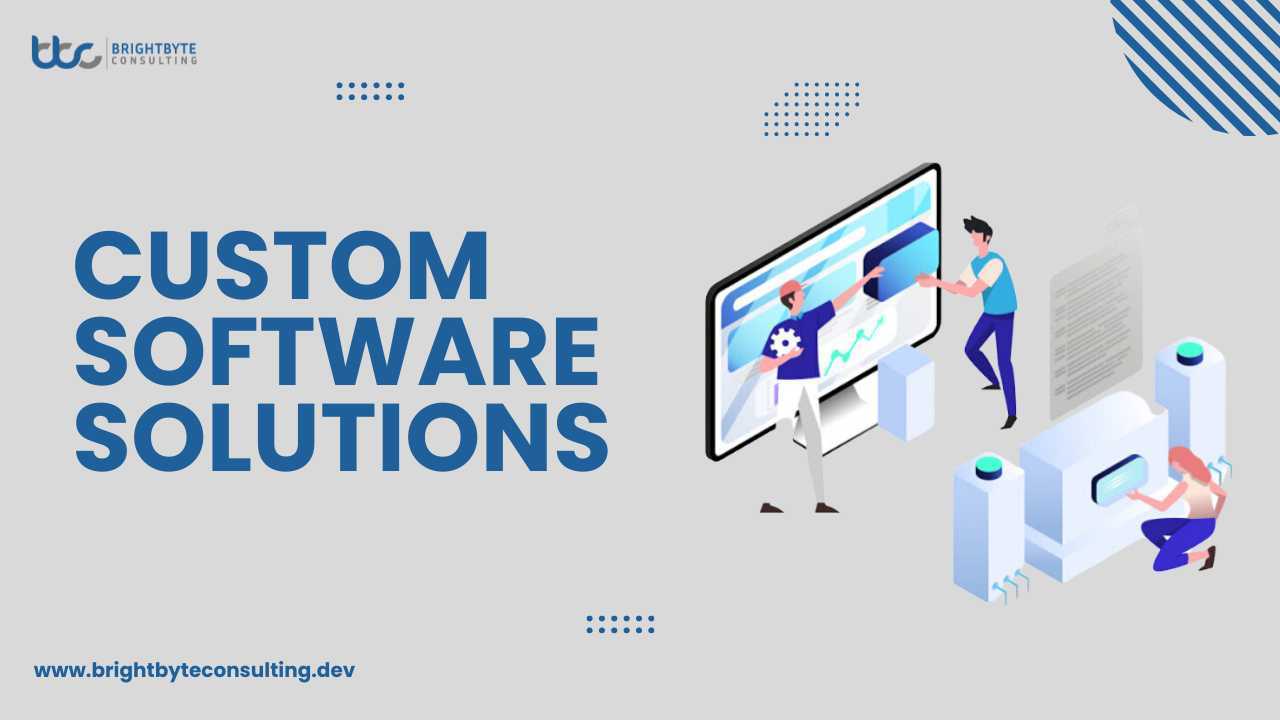In the dynamic landscape of the digital age, businesses are compelled to undergo significant transformations to remain competitive and relevant. “Driving Digital Transformation: Igniting Growth in the Digital Age” explores the crucial elements and strategies for organizations aiming to thrive in this dynamic environment. This article will delve into key aspects of digital transformation, addressing common questions and providing insights to guide businesses through the process.
Understanding Digital Transformation
Digital transformation refers to the integration of digital technologies into all aspects of a business, fundamentally changing how it operates and delivers value to its customers. The scope encompasses reimagining processes, enhancing customer experiences, and fostering a culture of innovation.
Why is Digital Transformation Important?
Digital transformation is important for organizations across various industries due to several reasons:
- Efficiency and Productivity: Digital transformation involves the integration of digital technologies to streamline and automate processes. This can lead to increased efficiency and productivity as tasks that were previously manual or time-consuming can be done more quickly and accurately with the help of digital tools.
- Cost Reduction: By adopting digital solutions, organizations can often reduce costs associated with manual processes, paperwork, and other inefficiencies. Automation, cloud computing, and other digital technologies can contribute to cost savings in the long run.
- Improved Decision-Making: Digital transformation provides access to real-time data and analytics, enabling better-informed decision-making. Organizations can use data to gain insights into customer behavior, market trends, and overall business performance.
- Enhanced Customer Experience: Digital technologies enable organizations to better understand and engage with their customers. Personalized experiences, online services, and digital communication channels contribute to an improved overall customer experience.
- Innovation and Agility: Digital transformation fosters a culture of innovation and agility within organizations. It allows businesses to adapt quickly to changing market conditions, implement new ideas, and stay competitive in a rapidly evolving landscape.
- Global Reach: Digital technologies break down geographical barriers, allowing businesses to reach a global audience. Online platforms and e-commerce enable organizations to expand their market presence beyond traditional boundaries.
- Adaptation to Market Trends: The business landscape is continually evolving, and digital transformation enables organizations to stay ahead of or adapt to emerging trends. This adaptability is crucial for remaining competitive and relevant in the marketplace.
- Risk Management: By digitizing processes and data, organizations can often enhance their risk management capabilities. This includes better data security, compliance with regulations, and disaster recovery planning.
- Employee Empowerment: Digital tools empower employees by providing them with the tools and resources needed to be more productive. Collaboration platforms, cloud-based services, and remote work technologies contribute to a more flexible and empowered workforce.
- Competitive Advantage: Organizations that embrace digital transformation gain a competitive advantage over those that resist change. Digital leaders are often better positioned to meet customer demands, respond to market shifts, and innovate more rapidly.
Digital Transformation Technologies
The given table summarizes the key digital transformation technologies, their descriptions, and additional emerging technologies that contribute to organizational efficiency, innovation, and competitiveness.
| Digital Transformation Technologies | Description |
| Cloud Computing | Provides elastic compute and storage services.Serves as the foundation for transformation initiatives.Supports cloud-based CRM and ERP systems. |
| Commoditized Information Technology | Allows organizations to focus resources on customizations that differentiate them in the marketplace. |
| Mobile Platforms | Enables work to happen anywhere and anytime. |
| Machine Learning (ML) and AI | Offers insights for faster, more accurate decisions in areas like sales, marketing, and product development. |
| Edge Computing | Provides an additional tier for enterprise compute and storage.Enables use cases in industries like manufacturing, healthcare, and retail. |
| Internet of Things (IoT) | Generates vast amounts of data through sensors in devices.Facilitates big data collection for cloud- or edge-based analytics. |
| Hyper Automation | Utilizes technologies such as ML, AI, RPA, and BPM for scaling automation across an enterprise. |
| Additional Emerging Technologies | Generative AI: Supports the generation of creative content.Blockchain: Ensures secure, transparent, and tamper-resistant transactions.5G: Enables faster and more reliable communication.Augmented Reality (AR) and Virtual Reality (VR): Enhance user experiences and training.Metaverse: A virtual shared space where physical and digital realities coexist. |
How To Develop A Digital Strategy?
A digital transformation strategy is a well-thought-out plan to leverage digital technologies for specific business objectives. The process involves:
- Market Understanding: Assess the market, the organization’s position, and customer dynamics.
- Anticipate Disruption: Analyze market trends to foresee potential digital disruptions and position the organization as a disruptor.
- Value Proposition: Evaluate internal strengths and conduct external research to identify current and potential value propositions.
- Vision Development: Envision the future state of the organization, outlining product and service evolution to meet customer needs.
- Roadmap Creation: Develop a digital transformation roadmap outlining the journey from the current state to the envisioned future state.
Conclusion
In conclusion, digital transformation is a strategic imperative for organizations seeking to thrive in the dynamic and competitive landscape of the digital age. By embracing innovative technologies, understanding market dynamics, and envisioning a future state aligned with customer expectations, businesses can unlock new opportunities, enhance efficiency, and remain agile in an ever-evolving market. A well-crafted digital transformation strategy, underpinned by continuous adaptation and a commitment to technological advancements, is essential for organizations aiming to not only survive but also lead in the digital era.
FAQs
What is digital transformation?
Digital transformation is the strategic use of digital technologies to reshape business processes, enhance customer experiences, and drive organizational growth.
Why is digital transformation important?
It’s crucial for staying competitive, improving efficiency, and meeting the evolving expectations of customers in today’s digital age.
What role does cloud computing play in digital transformation?
Cloud computing provides a scalable and flexible infrastructure, serving as a foundation for digital initiatives and enabling access to various services.
How does digital transformation impact employees?
It empowers employees by providing tools for increased productivity, collaboration, and adaptability to new ways of working.
What technologies are essential ?
Key technologies include cloud computing, artificial intelligence, IoT, and automation, among others, depending on the organization’s needs.
How can organizations prepare for digital disruption?
By staying informed about market trends, anticipating changes, and fostering a culture of innovation to be proactive in the face of potential disruptions.
What is a digital transformation roadmap?
It’s a strategic plan outlining the steps an organization will take to transition from its current state to a desired future state using digital technologies.
How does digital transformation impact customer experience?
It enhances customer experiences through personalized interactions, seamless transactions, and improved access to products and services.
What is the role of data in digital transformation?
Data is crucial for informed decision-making, insights generation, and personalization, driving the success of digital transformation initiatives.
How can small businesses benefit ?
Small businesses can gain a competitive edge by adopting cost-effective digital tools, improving operational efficiency, and better meeting customer expectations.











